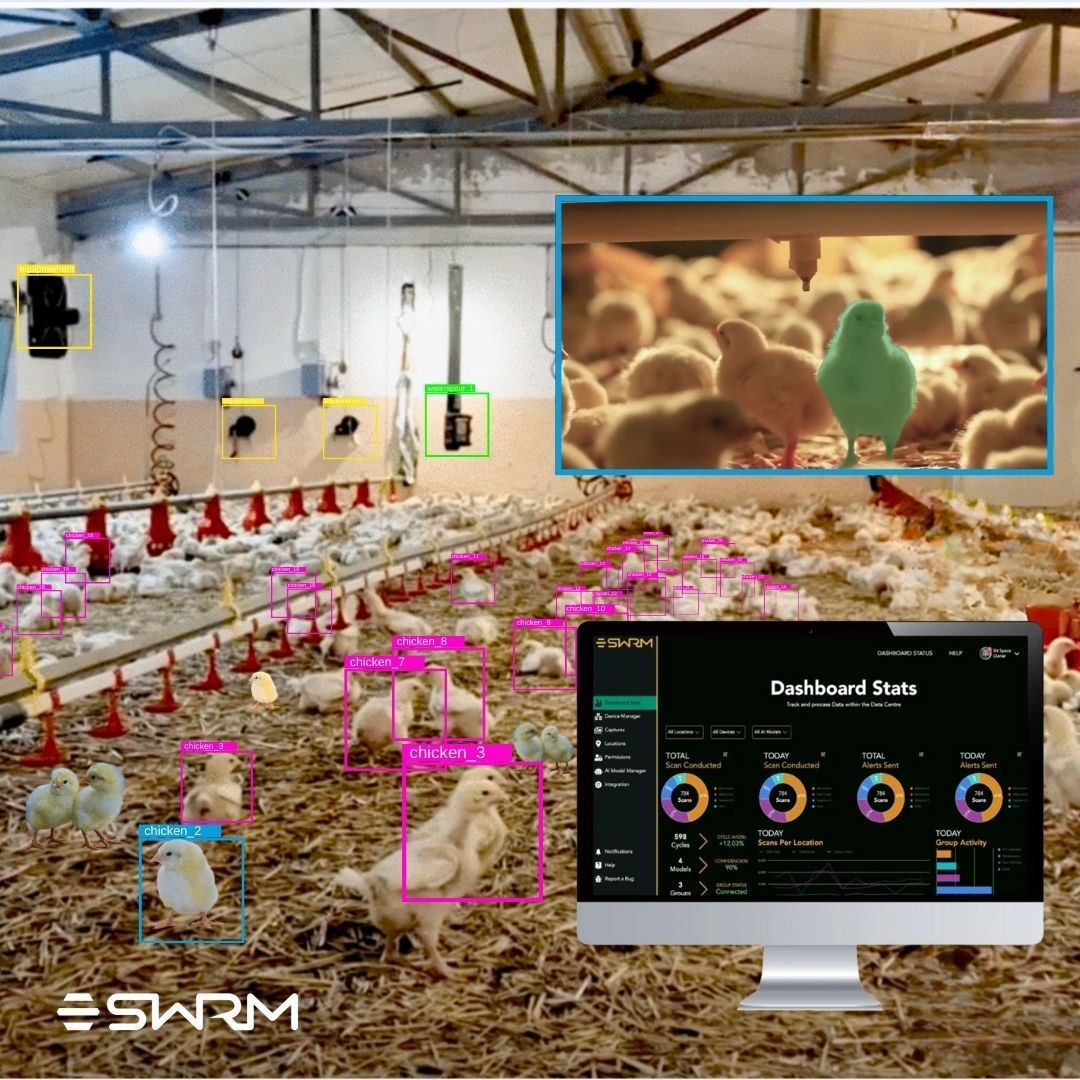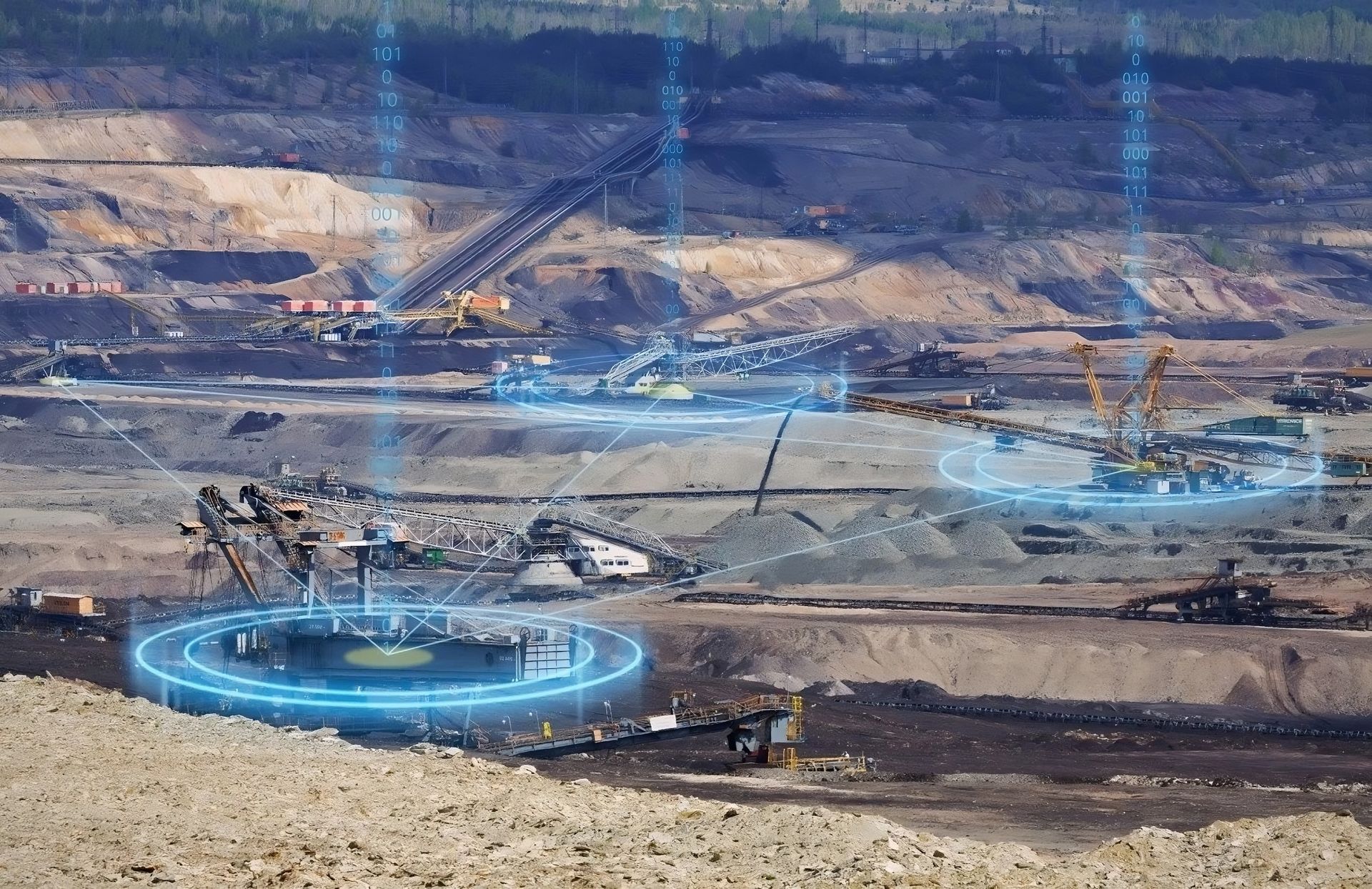Practical Applications of VR for Improved Learning

Virtual Reality is having a significant impact on educational learning by providing an immersive and interactive learning experience.
With VR technology, students can explore complex subjects and concepts in a more engaging and effective way. VR can also be used to overcome traditional barriers to learning, such as physical distance, accessibility, and collaboration. By transforming the way that we learn, virtual reality is revolutionizing education and helping to prepare students for the challenges of the future.
In this article, BSD will provide an overview of how virtual reality is being used in education in regards to immersive learning experiences, simulation-based learning, collaborative learning, accessibility and inclusion, cost-effective learning, and language learning.
1.
Creating Immersive Learning Experiences
Immersive learning with VR technology offers a unique opportunity to create engaging educational experiences that take students beyond the traditional classroom setting.
In Virtual Reality, students can explore new environments, experience different cultures and historical events, and gain hands-on experience in a safe and controlled environment.
BSD created Solar Research Explorer: Living Space VR to showcase the solar system as an interactive experience for grade 6 to 9 students. Users can travel across the solar-system and learn about each planet they visit. The purpose of this project is to develop an understanding of the necessary factors that make a planet habitable.
2.
More Engagement with Simulation-Based Learning
Using Virtual Reality to create Simulation-Based learning has enabled educators to create engaging experiences that simulate real-world scenarios. For example, medical students can practice surgeries in a virtual operating room, architecture students can create and explore 3D models of buildings, and engineering students can design and test prototypes in a virtual environment.
The Manitoba Institute of Trades and Technology sought to create an engaging welding experience for their Commercial Welding Course. By partnering with Bit Space, MITT has been able to recently update their existing welding simulation training system.
The MITT Welding Simulator is currently being used as a training resource in-class at the Manitoba Institute of Trades and Technology for their Commercial Welding Course. Click here to see the project.
3. Transforming Collaborative Learning in Education
By offering a more immersive and engaging learning environment, VR is revolutionizing collaborative learning in the classroom. Students can collaborate virtually to solve issues, carry out experiments, and have group discussions using VR technology. This makes it feasible for students to work together in ways that are not achievable with conventional teaching techniques.
In addition to providing an immersive learning experience, VR technology can also help to overcome traditional barriers to collaborative learning. For example, students who are unable to physically attend group meetings or who live in different parts of the world can still participate in collaborative learning activities through VR technology. This makes collaborative learning more inclusive and accessible.
Furthermore, VR technology can facilitate collaboration between students with different learning styles and abilities. For example, students who are more visual learners can use VR technology to interact with visual learning materials, while students who are more tactile learners can use VR to engage with hands-on learning activities.
Overall, VR technology is transforming collaborative learning in education by providing an immersive and interactive learning experience, overcoming traditional barriers to collaborative learning, and accommodating different learning styles and abilities.
4. Better Accessibility & Inclusion in Education with Virtual Reality
VR is helping to make education more accessible and inclusive by breaking down traditional barriers to learning. With VR technology, students can participate in learning activities from anywhere in the world, without the need to travel to physical locations. This is particularly useful for students who live in remote areas, have mobility or disability issues, or face financial constraints.
Furthermore, by accommodating various learning styles and capacities, VR technology can contribute to the creation of a more inclusive learning environment. Students with social anxiety can practice social interactions in a secure and encouraging virtual environment, and students with visual impairments can encounter visual content in a way that is accessible to them via virtual reality.
By leveraging VR technology, educational institutions can create a more accessible and inclusive learning environment that benefits all students.
5. VR is Making Learning More Affordable
Education is becoming more cost-effective in a number of ways thanks to VR technology. Making education more affordable with VR is a positive development that benefits students, educational institutions, and society as a whole. Below are 5 areas that are seeing a reduction in costs to to VR:
I. Virtual Laboratories and Simulations:
In traditional education, building and maintaining physical laboratories can be costly. However, with VR technology, schools can create virtual laboratories and simulations that offer the same learning experience at a fraction of the cost. For example, chemistry students can use VR to conduct experiments in a virtual lab, engineering students can design and test prototypes in a virtual environment, and medical students can practice surgeries in a virtual operating room.
II. Remote Learning:
Students can
remotely attend lessons and take part in educational activities thanks to VR. Students who are studying remotely or who are unable to attend physical classes will find this to be especially helpful.
III. Accessible Learning:
VR technology can help to make education more accessible to students with disabilities. For example, students with visual impairments can use VR to experience visual content in a way that is accessible to them. Similarly, students with mobility impairments can participate in virtual activities that would be difficult or impossible for them to do in the physical world.
IV. Reduced Material Costs:
VR technology can help reduce the costs associated with learning materials. For example, instead of purchasing physical models or equipment for learning, schools can create virtual versions that offer the same learning experience at a lower cost.
V. Cost-Effective Field Trips:
Field trips can be a valuable learning experience, but often times they can be costly. With VR technology, schools can create virtual field trips that offer the same learning experience at a fraction of the cost. Whether its taking a virtual tour of a museum or a historical site, students can experience these venues in an engaging way without having to travel to the physical location.
6.
Enhancing Immersion & Engagement in Language Learning
Learning a new language can be a challenging task, but VR technology is making it easier and more engaging. With VR, students can practice speaking and listening in a realistic virtual environment that simulates real-life scenarios. This can help students develop their language skills in a more immersive and interactive way.
One of the main benefits of VR technology for language learning is that it provides an immersive environment that allows students to practice their language skills in a safe and controlled environment. For example, students can practice ordering food in a virtual restaurant or asking for directions on a virtual street. This helps to build confidence and reduce anxiety when communicating in real-life situations.
Additionally, immersive technologies can help personalize language learning by adapting to the needs and learning styles of individual students. For example, students can choose to focus on specific language skills, such as pronunciation or grammar, and receive instant feedback on their performance.
Overall, VR is making language learning easier and more engaging by providing an immersive and interactive learning experience, building confidence, reducing anxiety, and personalizing the learning experience to the needs of individual students.
In conclusion..
VR technology is revolutionizing the way post-secondary education is delivered. With VR, students can have immersive, simulation-based, and collaborative learning experiences that are accessible, inclusive, and cost-effective. As VR technology continues to evolve, we can expect to see even more innovative ways of using VR in education in the future.
Contact BSD to see how your educational institution can leverage VR!
Click to share this article
Transform your business with immersive technologies
Schedule a consultation to see how BSD can help your organization unlock new avenues of engagement.
CONTACT US
Global Headquarters
1555 Dublin Avenue, R3E 3M8
Winnipeg, MB, Canada
PUBLIC RELATIONS
DIVISIONS
GENERAL
IN THE SPIRIT OF RECONCILIATION
We would like to acknowledge that the land on which we gather is Treaty One Territory, the home and traditional lands of the Anishinaabe (Ojibwe), Ininew (Cree), and Dakota peoples, and in the National Homeland of the Red River Métis. Our drinking water comes from Shoal Lake 40 First Nation.
Join 10,000+ people who get XR tips, insights, and company updates monthly.
Contact Us
We will get back to you as soon as possible.
Please try again later.
Privacy Policy Accessibility Sitemap Support
Bit Space Development Ltd.





